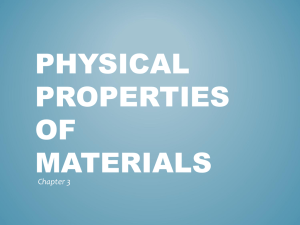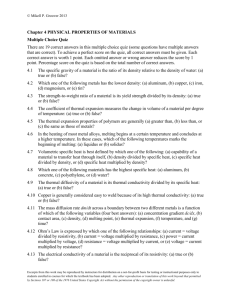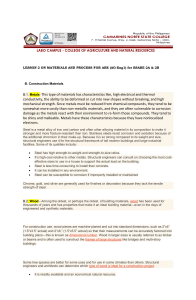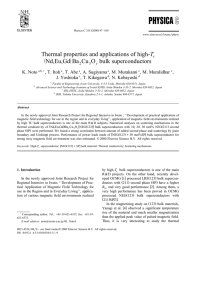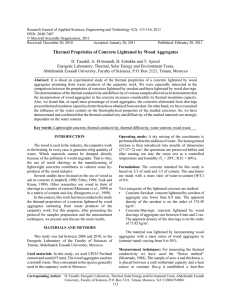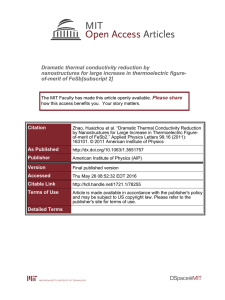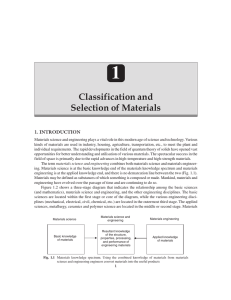The Heat Game - Bibb County Schools
advertisement
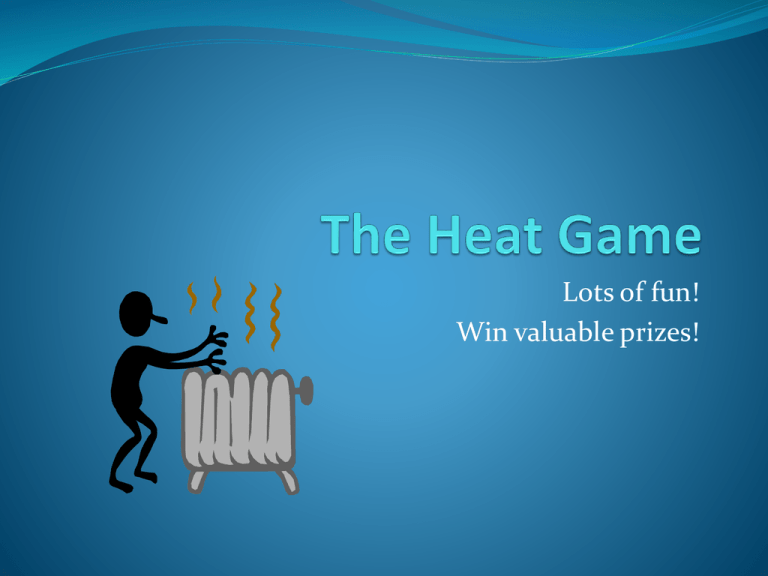
Lots of fun! Win valuable prizes! 1. In an air-conditioned house, double glass windows and fiberglass insulation both have a similar ability to transmit heat. These substances serve to A. prevent heat transfer due to their high thermal conductivity. B. allow heat transfer due to their high thermal conductivity. C. prevent heat transfer due to their low thermal conductivity. D. allow heat transfer due to their low thermal conductivity. 2. 3400 J of heat is added to 2.9 kg of lead. What is its change in temperature? (The specific heat capacity of lead is 128 J/kg·°C.) 3. Two 8-kg samples of water are mixed. If the first has a temperature of 25°C and the second has a temperature of 71°C, what is the final temp after they are mixed? 4. A calorie is a unit of energy equal to 4.186 J. What is the specific heat capacity of water in cal/g·°C? 5. The reason you can hold your fingers beside a candle flame without getting hurt is that A. air convects heat well. B. hot air rises. C. air is a poor heat conductor. D. hot-air convection currents travel upward. E. all of the above 6. How much heat is absorbed converting 2.3 kg of ice at 0oC to water at 0oC? (The Latent heat of fusion of water is 3.33 × 105 J/kg.) 7. A piece of metal will feel colder than a piece of wood at the same temperature. Why? A. Metals, in general, have a higher specific heat capacity than wood. B. Metals, in general, are good heat conductors. C. Metals are colder than wood. D. Wood, in general, is a poor insulator. E. Metal atoms are moving more slowly, on the average, than wood atoms. 8. How much heat is required to change 6.20 kg of water at 90.0oC to steam at 113oC? (The specific heat capacity of water is 4186 J/kg·°C. The latent heat of vaporization of water is 2.26 × 106 J/kg. The specific heat capacity of steam is 2010 J/kg·°C. ) 9. To say that evaporation is a cooling process means that when evaporation occurs, A. the remaining liquid cools. B. the evaporating vapor cools. C. both A and B. D. none of the above 10. When water freezes, it A. absorbs energy. B. gives off energy. C. neither gives off nor absorbs energy. Bonus question time! After your team hears its score, decide how much to wager on the bonus question. Write it on a slip of paper and give it to Mr. Maley. Bonus question 22 kg of copper at 145oC is dropped into 16 kg of water at 23oC. What is the final temperature of the two substances after they reach thermal equilibrium? (The specific heat capacity of copper is 387 J/kg·°C. The specific heat capacity of water is 4186 J/kg·°C.)



